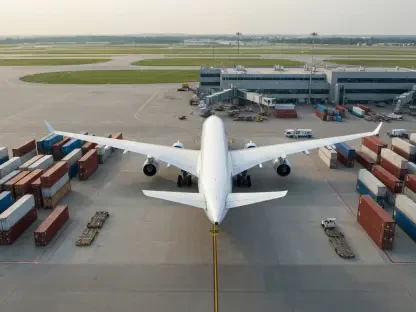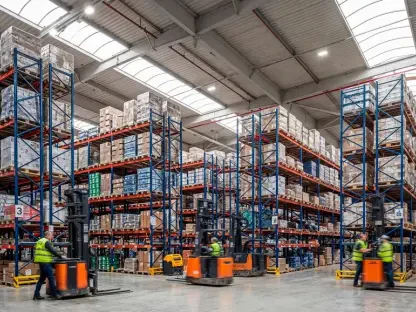The logistics and delivery industry stands at a pivotal moment, reflecting a dynamic landscape marked by technological advancement, shifting consumer demands, and regulatory pressures. As global commerce expands and digital transformation becomes integral, logistics firms are redefining their strategies to align with modern requirements. The scope and significance of the industry cannot be understated, with giant players such as UPS, FedEx, and DHL driving innovation and progress. Key industry segments include last-mile delivery, supply chain management, and freight forwarding, all impacted by regulatory frameworks and digital technologies altering operations.
Understanding the Current Logistics Landscape
Efficient logistics and delivery services are essential components of the contemporary market, driving major segments that include warehousing, transportation, and distribution. Technological advances like artificial intelligence and automation are strongly influencing operations, enhancing capabilities across the board. Leading corporations such as UPS, Amazon, and others reign supreme with robust networks and global reach. Regulatory measures pertinent to safety, environmental protection, and data security carve the industry’s path, necessitating adherence to continuously evolving standards.
Industry Trends and Future Outlook
Key Trends Shaping Logistics and Delivery
The logistics industry is undergoing transformation fueled by emerging technologies and evolving consumer behaviors. Digitization, for instance, is revamping the supply chain through better data management and predictive analytics, while environmental sustainability initiatives increasingly influence operations. Consumer demand for expedited deliveries is fostering innovation, while opportunities like personalized logistics solutions become apparent. Market drivers, including trade growth and e-commerce expansion, contribute to a promising yet complex future landscape.
Market Performance and Projections
Despite recent challenges, the logistics market projects steady growth, driven by technological integration and evolving consumer expectations. Statistical insights reveal an upward trajectory with notable expansion anticipated in the coming years. Investment in infrastructure and adaptation to digital platforms serve as key performance indicators. As firms integrate AI and machine learning into operations, performance improves with more precise forecasting models. Looking ahead, forecasts predict an environment ripe for growth, fueled by strategic agility and technological innovation.
Navigating Challenges in the Logistics Sector
Logistics faces multifaceted challenges, from regulatory complexities to technological transitions. Maintaining compliance amidst stringent oversight demands vigilance, while technological constraints necessitate continuous adaptation. Market-driven obstacles, including fluctuating demand and competitive pressures, make agility paramount. Organizations increasingly employ strategies such as adopting digital tools and optimizing supply chains to enhance resilience. Potential solutions like outsourcing and automation are explored to navigate operational hurdles effectively.
Regulatory Landscape and Compliance
The regulatory landscape in logistics is shaped by laws concerning safety standards, environmental protocols, and data protection, all demanding rigorous compliance. Security measures, essential to safeguarding operations, underline the importance of adhering to regulatory changes impacting industry practices. Compliance ensures operational stability, with regulations acting as catalysts for innovation. Notable changes in transport logistics require adaptation to maintain industry cohesion, turning complexity into opportunity as firms strive for sustainable development.
Future Directions in Logistics Innovation
Logistics innovation suggests a future dominated by emerging technologies and potential market disruptors. Trends such as autonomous vehicles, blockchain integration, and greener practices indicate revolutionary changes on the horizon. Consumer preferences lean toward personalized experiences, prompting logistics solutions tailored to individual demand. Growth areas like international market expansion and digital platforms introduce promising avenues for industry evolution. As global economic conditions fluctuate, adapting to innovation and regulatory shifts becomes crucial for sustained success.
Conclusion and Strategic Recommendations
Strategic analysis of UPS’s ‘Better, Not Bigger’ strategy underscores the prospects of profitability over sheer volume. With a focal point on ROIC-driven operations, UPS sets the stage for enhanced shareholder returns, emphasizing quality engagements over high volume. However, industry players should remain vigilant regarding macroeconomic uncertainties that pose risks, necessitating strategic pivots within established frameworks. Firms are encouraged to continue prioritizing innovations that bolster efficiency and adaptability, alongside maintaining steadfast compliance to align with evolving regulations. Looking forward, potential opportunities abound for entities able to effectively blend strategic vision with operational execution amidst fluctuating industry dynamics.









